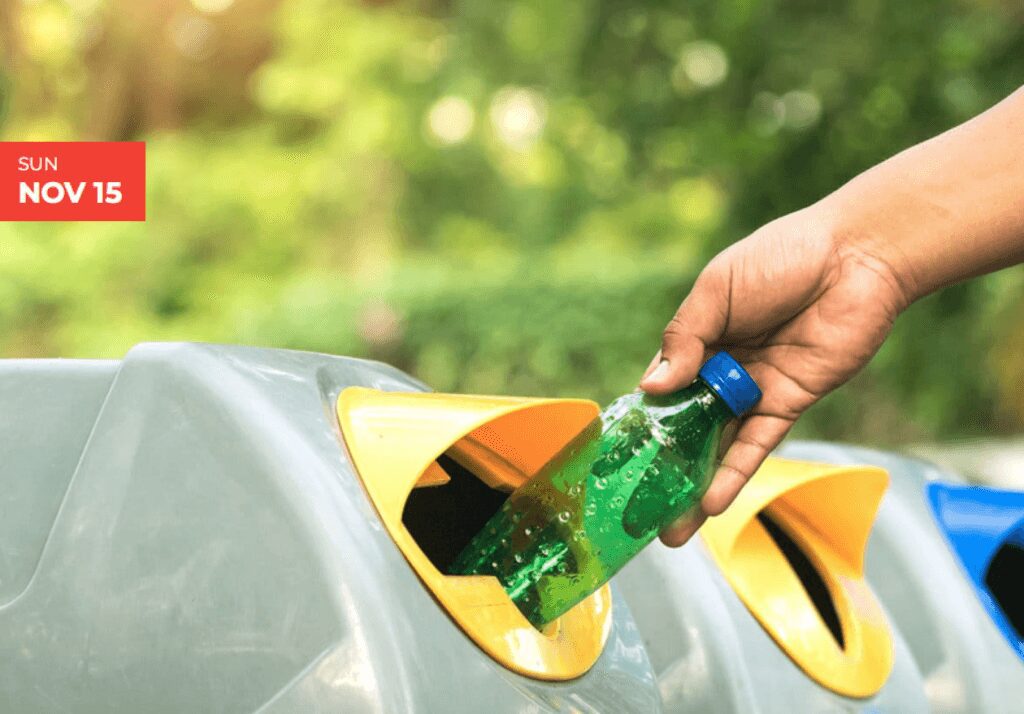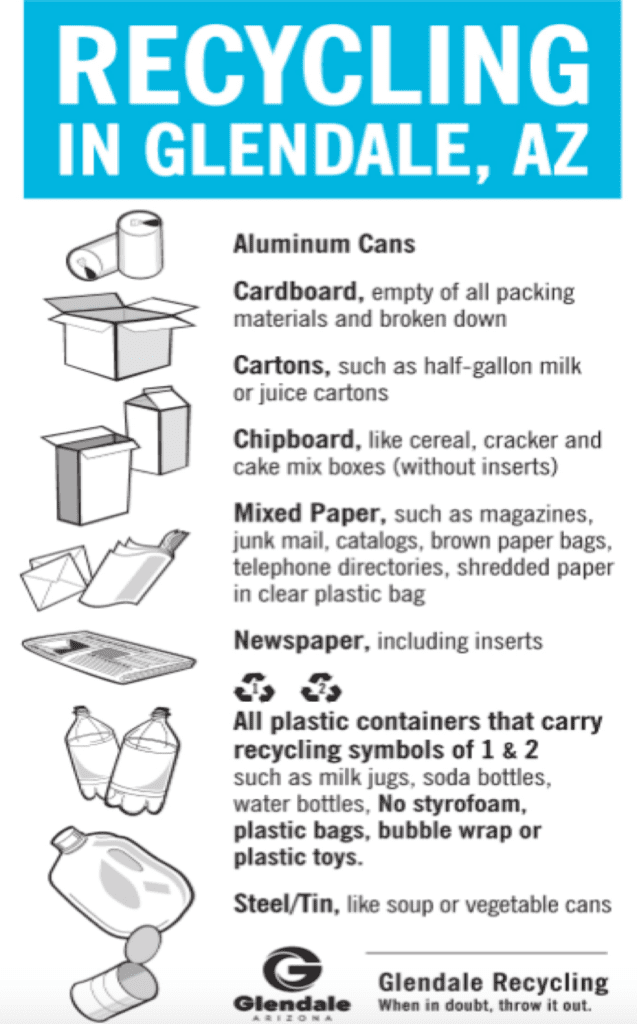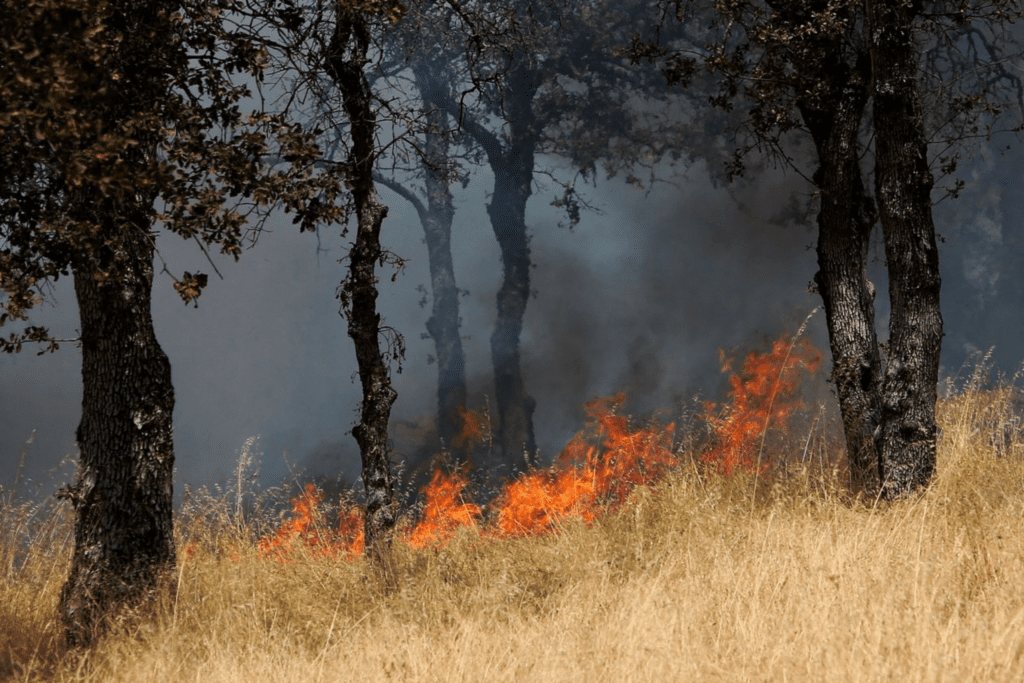Daniel Salzler No. 1075
EnviroInsight.org 3 Items November 13, 2020
Feel Free To Pass This Along To Others
If your watershed is doing something you would like others to know about, or you know of something others can benefit from, let me know and I will place it in this Information newsletter.
If you want to be removed from the distribution list, please let me know. Please note that all meetings listed are open.
Enhance your viewing by downloading the pdf file to view photos, etc. The attached is all about improving life in the watershed.
This is already posted at EnviroInsight.org
1. National Recycling Day – November 15, 2020 Awareness, Educational, Environment

I hope you’re ready to recycle because November 15 is National Recycling Day and we’re making sure nothing gets turned into waste. According to “National Geographic,” Americans send 64 tons of waste to landfills during their lifetime. That’s 246 million tons of waste each year. National Recycling Day aims to encourage Americans to purchase recycled products and recycle more.
Recycling is a much older concept than we give it credit for. Archaeological studies have found that during periods when natural resources were sparse, waste dumps show less household waste, giving many reason to believe that they were recycling and reusing products in the absence of virgin materials.
In fact, finding recycled or reusable resources has always held a premium in human history. Whether it’s the “dustmen” of Victorian era England, who went around and collected coal fires to help with brick making, or the development of shoddy and mungo rags combining used materials with sparse amounts of virgin wool, recycling has played a key part in our relationship with natural resources.
Additionally, in modern history, wartime has always been a period of buckling down and recycling. Most resources in wartime go to, well, the war. So citizens typically need to find innovative ways of reusing what materials they have for what they need. Additionally, scrap metal and second hand materials is increasingly important to help create a bank of resources for armies to turn into utilities. Examples of this are from World War II with the National Salvage Campaign in Britain and the Salvage for Victory Campaign stateside.
In our modern times, nationalism has been replaced with environmentalism and the urge to help preserve our sparse resources by reusing goods and reducing waste. So, if pre-historic humans can figure out how to recycle, your annoying roommate can figure it out as well.
Three interesting recycling facts:
- It fuels your binge watching. One recycled tin can would save enough energy to power a TV for three hours
- It maximizes social media time. One recycled glass bottle can save enough energy to power a computer for 25 minutes
- It keeps the lights on. One recycled plastic bottle can save enough energy to power a 60-watt light bulb for three hours.
Recycling takes place in many Arizona towns and cities. Some examples follow:
A Recycling Example: City of Phoenix
To find where you can recycle, go to https://www.phoenix.gov/publicworks/ECOstations
- Paper: Cardboard, cereal boxes paper milk containers and juice boxes, paper bags, newspaper, emvelopes, letters phone books
- Plastic: Liquid laundry detergent containers, plastic cupps, milk juga, water bottles with caps on
- Metal:Clean aluminum foil, soda ans, steel and aluminum food cans, cat/dog food cans
- Glass: clear, amber or green as long as they are rinsed and clean.
- Plastic bagas should be taken back to the grocery store to be recycled.
- Electronics: Take these to a Household Hazardous Waste and electronics
- Textiles/clothing: donate to Goodwill or other retail store
To learn more, call 602-262-6251
To find where you can recycle, go to https://www.phoenix.gov/publicworks/ECOstations
Recycling Example in Glendale

All containers should be clean of any food scraps.
Glendale also offers monthly curbside pickup. Items NOT accepted for curbside recycling in Glendale:
- Carpeting and clothing
- Diapers
- Dog and cat food bags
- Drywall
- Fast food items-straws, cups and wrappers
- Furnace filters
- Glass (of any kind)
- Hangers – no metal or plastic
- Household garbage (such as paper plates, bathroom items, dog waste, paper towels and napkins)
- Landscaping (leaves, grass, tree limbs, dirt and rocks)
- Non container plastic (examples are plastic spoons, forks or knives, PVC pipe, bubble wrap and motor oil containers)
- Plastic bags (except for shredded paper placed in a clear plastic bag)
- Scrap metal
- Shoes
- Styrofoam
- Tile
- Toys
To learn more about recycling in Lake Havasu City, go online to a2zrecyclingllc.com
To learn more about recycling in Sierra Vista, go tohttps://www.sierravistaaz.gov/city-departments/public-works/recycling/
To learn more about recycling in Flagstaff, go online to flagstaff.az.gov
To recycle in your town, go online and check the web page or phone numbr to gather additionl informationcall your town.
EnviroInsight Inc. is a non-profit organization that works to educate own environmental issues. If you would like EnviroInsight Inc.* to come to your town to present a “socially distant” demonstration of recyclables, please contact Daniel Salzler, at 623-930-8197 or [email protected]

EnviroInsight.inc is a non-profit environmental education organization
2. Saving The Forest From Insects And Fire With Artificial Intelligence. Beetles no larger than a grain of rice is ravaging forests, infesting and killing trees faster than they can be culled to slow the insects’ spread. It turns out the best way to spot the pests, and stop them, may be from space.
For years, Swedish forestry cooperative Södra has deployed hundreds of foresters to walk the widely spaced spruce on properties it helps manage, monitoring the trees’ bark for drilling holes that are a telltale sign of infestation. But it can take days to assess a single 100-acre estate by foot, and Södra oversees more than five million acres. Last year, the beetles damaged five million cubic meters of lumber, about a quarter of the season’s potential yield, says Johan Thor, an applied physicist and head of data science at the cooperative.
So in early 2019, Södra began working with the Dutch technology company Overstory to find the beetles from above—way above. By matching high-resolution satellite imagery with geographic readings of sick trees as recorded by the company’s harvesters, and integrating other satellite-derived data such as land-surface temperature, they were able to train a model to quickly and accurately locate infested areas. The complexity of the data—with a profusion of tree species and canopy heights—was “a sweet spot for machine learning,” says Overstory’s chief executive officer, Indra den Bakker.
“The preliminary results are really quite astonishing,” says Mr. Thor.
Mr. den Bakker estimates use of the technology could improve Södra’s efficiency at locating diseased trees by as much as 20%, helping save its members hundreds of thousands of cubic meters of lumber annually.
It is just one example of how high-resolution satellite imagery and artificial-intelligence-driven analysis are changing how we understand and interact with forests. Scientists say these technologies on their own won’t be decisive in preserving biodiverse habitats or forestalling climate change—but they make possible a real-time awareness of the world’s forests that past conservationists could have only dreamed of.
Fire prevention
As California endures the most destructive fire season in its modern history, state and federal agencies are adopting similar technologies to assist in preparing for, suppressing and recovering from wildfires.
Part of the reason fires in California have grown so large in recent years is that the state has been overzealous in suppressing naturally occurring fires that would clear underbrush before it accumulates to dangerous levels. Forest managers say the only way forward is to accelerate the pace at which areas of the state are “treated”—including through controlled burns and by thinning, mulching or removing underbrush with heavy equipment. In early August, the federal government and the state announced their shared commitment to treat at least one million acres annually.

It is arduous for crews to identify where the forest is dense and needs to be cleared, however, and agencies have typically developed individual treatment projects of smaller than 5,000 acres, says Eli Ilano, forest supervisor for the Tahoe National Forest. The advent of Earth-observation data has changed that by an order of magnitude. In 2018, the U.S. Forest Service and other partners initiated a project covering 275,000 acres of the North Yuba watershed, relying largely on remotely sensed data and machine learning to create the treatment plan—without relying on staff on the ground. “Compare that to years and years of crews and crews of people out trying to characterize the landscape,” says Mr. Ilano. “It’s much faster, it’s much safer, it’s much cheaper.”
Fighting deforestation
Whereas foresters in California are working to prevent future blazes, conservationists seeking to guard the world’s tropical forests are trying to hold businesses accountable for fires in the immediate past.
Much of deforestation in these areas is driven by global agribusinesses that source commodities like palm oil, soy and cacao from hundreds of thousands of farms, some of which raze protected forests to convert them into cropland. Conservationists have long employed satellite imagery to flag incidents of deforestation and name and shame the agribusinesses that profit from the destruction.
Global Forest Watch, set up by the nonprofit World Resources Institute in 2014, issues tens of thousands of deforestation alerts every week.
As the number and type of Earth-observation satellites have increased, Global Forest Watch’s gaze has sharpened. The program is currently integrating radar data, making it possible to peer through the clouds that shroud tropical areas many months of the year, and in September, Norway announced it would donate a new stream of high-resolution optical data that will be updated monthly, allowing for the identification of deforestation in closer to real time.
In Pennsylvania, an experiment is under way to test that proposition.
Max Lowrie, who helps his dad and brothers manage a tree farm on 145 acres, says he heard about a new kind of carbon offset last year at a meeting of the Woodland Owners of Clarion-Allegheny Valley. In return for forgoing a timber harvest this year, landowners would be paid for the carbon their forests absorb—but unlike typical offset contracts that are only open to those with huge holdings, landowners with as few as 30 acres could participate, and they would be paid annually and allowed to revise their contract each year. Combined, the participants enrolled 66,000 acres, and were expected to sequester 100,000 metric tons of carbon-dioxide equivalent.
The 53-year-old Mr. Lowrie says that while he is concerned about changing weather patterns, he wanted to participate in the program because of the money. “It makes sense: We’re doing something good for the Earth, we should be rewarded for our work.”
The project hinged on a map of the Pennsylvania forests of unprecedented detail from SilviaTerra, a forestry-data company. Using artificial intelligence to process an enormous amount of satellite imagery of various types and time periods, the company can estimate the size and the species of the trees based on factors like when their leaves begin changing color in the fall.
Zack Parisa, SilviaTerra’s CEO, says landowners are typically paid for the only dimension of their holdings that can be weighed and valued—timber—even if the same acreage creates harder-to-measure benefits like recharging aquifers, supporting wildlife and storing carbon. He believes satellite data and artificial intelligence are changing that. “Our core thesis is that ‘measurements make markets,’ ” he says.
Carbon sequestration is among the most straightforward outputs to measure, but Mr. Parisa imagines landowners ultimately getting paid for benefits as esoteric as providing a habitat for migratory songbirds. “If we are ever to live in a world that reflects our social values better than it does today, we have to find better ways of measuring and paying for more of what we want,” he wrote.
In mid-October, Mr. Lowrie received a check in the mail for $3,649. Next year, SilviaTerra intends to expand the pilot to commercial scale.
3. Friday the 13th – Myth or “Watch out!”
Just like walking under a ladder, crossing paths with a black cat or breaking a mirror, many people hold fast to the belief that Friday the 13th brings bad luck. Though it’s uncertain exactly when this particular tradition began, negative superstitions have swirled around the number 13 for centuries.
While Western cultures have historically associated the number 12 with completeness (there are 12 days of Christmas, 12 months and zodiac signs, 12 labors of Hercules, 12 gods of Olympus and 12 tribes of Israel, just to name a few examples), its successor 13 has a long history as a sign of bad luck.
The ancient Code of Hammurabi, for example, reportedly omitted a 13th law from its list of legal rules. Though this was probably a clerical error, superstitious people sometimes point to this as proof of 13’s longstanding negative associations.
Fear of the number 13 has even earned a psychological term: triskaidekaphobia.
Why is Friday the 13th Unlucky?
According to biblical tradition, 13 guests attended the Last Supper, held on Maundy Thursday, including Jesus and his 12 apostles (one of whom, Judas, betrayed him). The next day, of course, was Good Friday, the day of Jesus’ crucifixion.
The seating arrangement at the Last Supper is believed to have given rise to a longstanding Christian superstition that having 13 guests at a table was a bad omen—specifically, that it was courting death.
Though Friday’s negative associations are weaker, some have suggested they also have roots in Christian tradition: Just as Jesus was crucified on a Friday, Friday was also said to be the day Eve gave Adam the fateful apple from the Tree of Knowledge, as well as the day Cain killed his brother, Abel.
Bad Things That Happened On Friday The 13th

On Friday, October 13, 1307, officers of King Philip IV of France arrested hundreds of the Knights Templar, a powerful religious and military order formed in the 12th century for the defense of the Holy Land.
Imprisoned on charges of various illegal behaviors (but really because the king wanted access to their financial resources), many Templars were later executed. Some cite the link with the Templars as the origin of the Friday the 13th superstition, but like many legends involving the Templars and their history, the truth remains murky.
In more recent times, a number of traumatic events have occurred on Friday the 13th, including the German bombing of Buckingham Palace (September 1940); the murder of Kitty Genovese in Queens, New York (March 1964); a cyclone that killed more than 300,000 people in Bangladesh (November 1970); the disappearance of a Chilean Air Force plane in the Andes (October 1972); the death of rapper Tupac Shakur (September 1996) and the crash of the Costa Concordia cruise ship off the coast of Italy, which killed 30 people (January 2012). Source: History.com
Copyright EnviroInsight.org 2020
